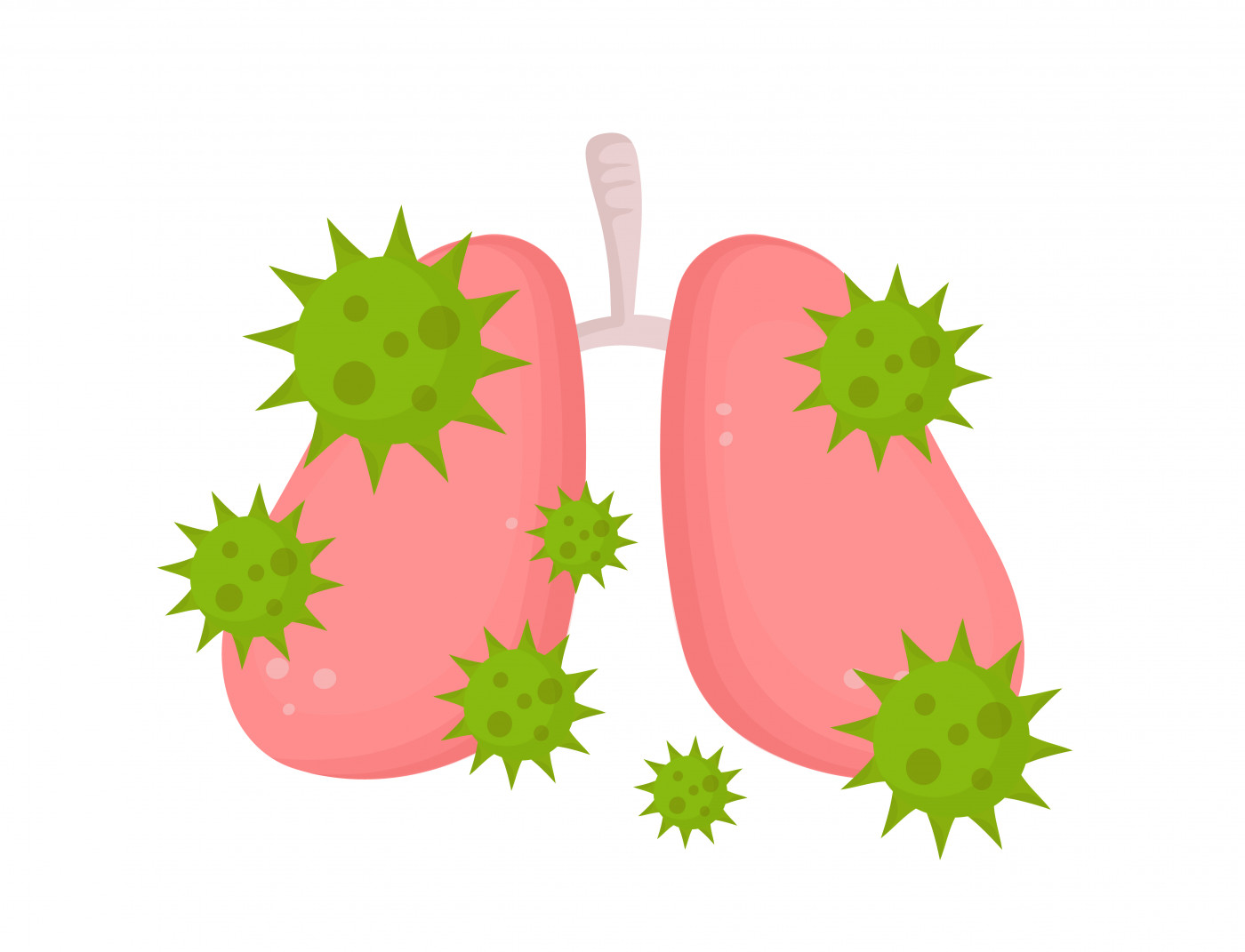COPD Patients’ High Glucose in Airways May Be Linked to Increased Risk of Bacterial Infections

Patients with chronic obstructive pulmonary disease (COPD) carry much higher levels of glucose in their airways, increasing the growth of bacteria and consequently the risk of infections, according to researchers from Imperial College London.
Their study, “Role of airway glucose in bacterial infections in patients with chronic obstructive pulmonary disease,” was published in the Journal of Allergy and Clinical Immunology.
In a normal status, the levels of glucose in the airway surface liquid (ASL) — a thin liquid layer that lies between the airway epithelium and the gas in the lumen, and that is vital for maintaining bacteria-free lungs and facilitate mucus clearance — are about 12 times lower than glucose concentrations in the blood.
This, researchers believe, limits the growth of bacteria by depriving them of their favorite nutrient, sugar.
“When airways are rich in glucose, this provides an important food source for bacteria. Healthy lungs are continually pumping out glucose and it is likely we have developed this as a protective mechanism to starve bacteria and stop infections,” John Tregoning, the study’s lead author and a senior lecturer in the Department of Medicine at Imperial College London, said in a press release.
“In vitro and animal studies demonstrate that increased ASL glucose concentrations promote bacterial lung infection. Staphylococcus aureus and Pseudomonas aeruginosa use glucose as a growth substrate, and their growth is promoted by high ASL glucose concentrations,” the researchers wrote.
The role of glucose in airway inflammation and infection in patients with COPD remains unknown. In this study, researchers proposed to first determine if airway samples from patients with stable COPD had higher levels of glucose and “to determine the effects of viral infection on sputum glucose concentrations and how airway glucose concentrations relate to bacterial infection.”
“We believe that the glucose levels are higher in the airways of people with COPD because inflammation in the lungs makes them leakier so the glucose can move from the blood into the airways,” Tregoning said. “When people with COPD catch a virus, this further increases inflammation and therefore the levels of glucose also rise, heightening the risk of a bacterial infection.”
The team measured the concentration of glucose in airway samples collected from patients with COPD and compared it to those of smokers and nonsmokers with normal lung function.
Results showed that the concentration of glucose in sputum samples from COPD patients was significantly higher compared with those in both healthy smokers and nonsmokers – median sputum glucose concentration was 390.5 micromoles/L in control subjects without COPD, while it was almost twice this value in people with stable COPD (743 micromoles/L).
Researchers also detected a negative relationship between glucose levels and lung function, measured as forced expiratory volume (FEV), suggesting that glucose levels increase with the severity of COPD.
To investigate the link between glucose levels and COPD worsening, called exacerbations, researchers analyzed samples from subjects infected with a respiratory virus called rhinovirus — the predominant cause of the common cold.
“After rhinovirus infection, there were significant increases in glucose concentrations in both upper and lower airway samples in patients with COPD but not in control subjects without COPD, with airway glucose concentrations returning to baseline levels with exacerbation resolution,” the team wrote.
These results were confirmed in a different cohort of patients with COPD experiencing naturally acquired exacerbations. Once again, exacerbations were linked to higher glucose levels. Within six weeks after the exacerbations, glucose levels returned to basal levels.
Researchers also observed a link between airway glucose concentrations and enhanced bacterial growth in patients with COPD and suggested that “treatments that reduce airway glucose concentrations might have potential as non-antibiotic treatments to prevent bacterial infections in patients with COPD.”
“Many patients with lung disease who get virus infections suffer from secondary bacterial infections following the virus infection, and these tend to be treated with antibiotics. However, there is a growing concern that widespread antibiotic use is leading to increasing antibiotic resistance,” said Prof. Sebastian Johnston, the study’s co-lead author and Asthma UK Clinical Chair at the National Heart and Lung Institute, Imperial College London.
“Reducing levels of glucose in the lung could provide an alternative approach that could reduce bacterial infections, and thus help patients with lung disease, while also reducing antibiotic use, and thereby reducing development of antibiotic resistance,” Johnston added.
Future studies with larger patient cohorts are required to validate these first findings. The Imperial College London research team plans to investigate whether anti-diabetic drugs such as metformin may help control the levels of airway glucose and reduce the bacterial burden in people with COPD.






